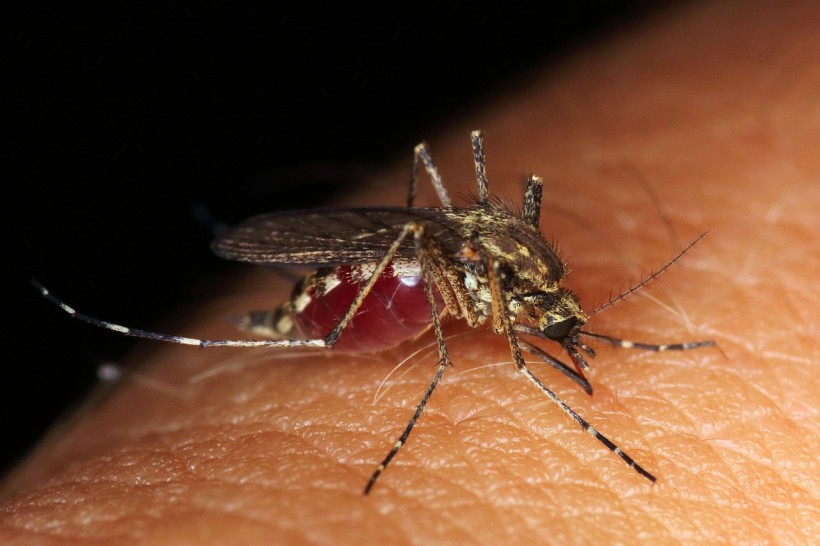Disease-causing mosquitoes have been detected in California in the past few weeks, which alerted health officials and the public. Now, Santa Clara County officials report detecting Aedes aegypti, a species that carries viruses that cause dengue fever, chikungunya virus infection, yellow fever, and Zika virus.
Aedes aegypti is described as an aggressive mosquito that will readily bite any time of the day. The invasive species are found for the first time in Santa Clara County near the intersection of Dixon Landing and McCarthy Boulevard in San Jose.

Aggressive Aedes Aegypti Mosquitoes Detected in a County in California: How Do These Insects Spread Germs?
Invasive Aedes Aegypti Found for the First Time in Santa Clara County
Santa Clara County officials reported sightings of the Aedes aegypti mosquitoes in Watsonville and in Contra Costa County. So far, none of the diseases associated with mosquitoes have been detected in the state.
The mosquito is not native to California, although it has been detected in 20 counties. Some counties have had occasional cases of diseases associated with this mosquito species, especially among returning travelers.
The California Department of Public Health has confirmed the species in the state and is now testing for new viruses that it might be carrying. Meanwhile, the County of Santa Clara Public Health Department continues to monitor the occurrence of the diseases and any unusual diseases in partnership with hospitals and medical laboratories that report certain diseases and conditions to them.
County officials are also using tactics to eliminate mosquito eggs surrounding the location where the mosquitoes were found, local news outlet KRON 4 reported.
At the same time, they ask for the public's cooperation by dumping out even small amounts of stagnant water as mosquitoes love to lay their eggs above the water line in small containers and vessels. Some examples include dishes under potted plants, bird baths and feeders, ornamental fountains, children's toys, tin cans, and discarded tires.
READ ALSO: Mosquitoes Use Color to Find Hosts Resulting in Diseases Including Dengue Fever
How Mosquitoes Spread Pathogens?
Despite their negative reputation, not all mosquitoes can spread germs to people and animals. According to the Centers for Disease Control and Prevention (CDC), West Nile virus is one of the most common mosquito-borne diseases in the continental US while dengue, chikungunya, Zika virus, and yellow fever occur in other states and territories.
Mosquitoes spread these viruses and parasites after getting infected themselves. It takes a complex process for them to get infected and spread the germs.
First, they take a blood meal from a human or animal that may or may not contain germs. If the blood contains pathogens, it gets into the mosquitoes' gut. But not all germs are transmitted as only those that can grow or multiply are spread to animals or humans.
When the germ inside the mosquito's body multiplies, it moves to the salivary glands, which are then passed to the next species. The process could take two to three weeks to complete. Then, the germ being transmitted to the human or animal mixes in their blood, which can cause sickness.
In the US, the most common disease-carrying mosquito species are the Aedes species (A. aegypti), Cutex species (Cx. pipiens, Cx. tarsalis, Cx. quinquefasciatus), and Anopheles species (An. freeborni and An. quadrimaculatus).
RELATED ARTICLE: Ankle-Biter Mosquitoes Invading Southern California, Leaving Itchy Bite Marks on Their Victim's Skin
Check out more news and information on Mosquitoes in Science Times.














